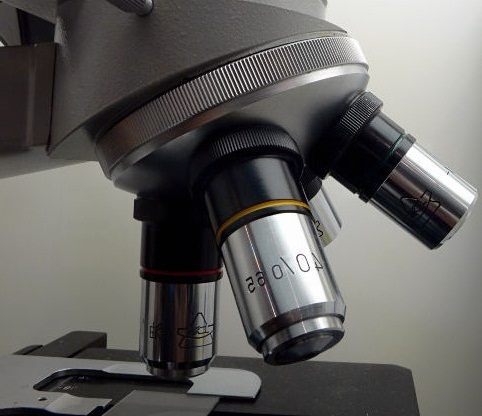Somatosensory evoked potentials to median nerve stimulation in the diagnosis of Diabetic Neuropathy
Somatosensory evoked potentials to median nerve stimulation in the diagnosis of Diabetic Neuropathy
D. Kountouris, S. Skondras, S. Gebes, and M.E. Doughly (Knappschafts-Krankenhaus Bochum-Langendreer-University Clinic, Bochum, Federated Republic of Germany).
In 45 healthy subjects and 45 diabetic patients, 31 of whom had distinct clinical signs of peripheral neuropathy, the somatosensory evoked potentials (SEPs) to median nerve stimulation were recorded from Erb’s point bilaterally, between the C6 and C7 vertebra and from the contralateral scalp. Measurements include interpeak latencies from Erb’s point N14, and from N14 to N20, nerve conduction velocity from Erb’s point to wrist, and latency differences between both sides.
Conduction velocity from wrist to Erb’s point was the most sensitive parameter. It was decreased more than the 2 SD of the cor1trol subjects in all 31 patients with clinical diabetic neuropathy as well as in another six of the diabetic patients.
The interpeak latencies between Erb’s point to N14, N14 to N20 and the side differences were significantly increased in the patients’ group. The Erb’s point-N14 interpeak latencies were distinctively pathologic in 16 cases, the N14-N20 interpeak latencies in 11 cases, and the side differences in eight cases, all of them outrunning the 2 SD of the same healthy subjects’ parameters.
These facts point out the value of SEPs to median nerve stimulation in the early detection of diabetic peripheral neuropathy in central lesions.
Abstract published in abstract book of 31st AAEE Annual Meeting, International SEP Symposium, of the American Association of Elecrtomyography and Elecrtodiagnosis.
Paper presented at the 7th Annual CME Congress, 31st AAEE Annual Meeting, International SEP Symposium, Kansas City, Missouri, US. September 19-23, 1984.

